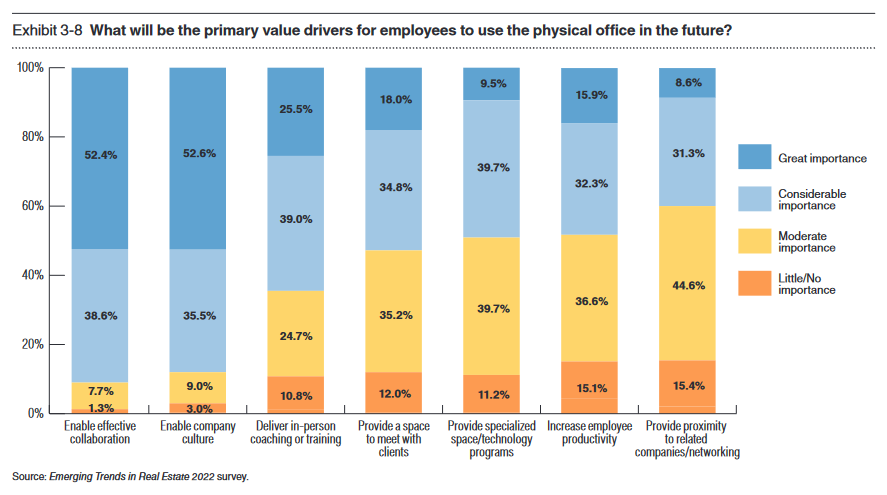
Over the last two years and still today, COVID-19 has impacted the world and brought on a “new normal”. It has forced companies to re-imagine healthier and alternative ways to operate.
Throughout the pandemic, most companies allowed their staff to work remotely, and adopted the ‘Work From Home’ model where possible. According to Apollo Technical, 92% of people expect to continue working from home at least 1 day a week, and 80% expect to work remotely at least 3 days a week.
Many companies saw an increase in employee satisfaction, and an increase in productivity and efficiency. Working from home allows employees to have greater focus on their tasks, as there is less “water cooler” talk, and creates a more efficient work environment.
Additionally, commute times are negated, allowing for a better work/life balance. Working from home has shocked corporate culture with a new model of efficiency and flexibility for employees.
Is The Work For Home Model Here to Stay?
Despite said benefits for companies, some employers see remote work from a different perspective. Recently, many companies have made statements regarding employees returning back to the office. This is also known as ‘The Great Return’. According to U.S. News, companies such as Citigroup, American Express, Goldman Sachs, & JP Morgan have announced plans for a return to the office with hybrid and remote schedules.
The reason for the return to the office is driven by the desire to “See each other again in person and enjoy the connections, collaboration, and variety in our daily routines”, says American Express CEO, Stephen Squeri.
The CEO of Twitter says that “It’s been almost two years since we closed our offices and travel, and I’m excited to announce that we’re ready to fully open up business travel and all our offices around the world!”. This shows the readiness of businesses to head back to the office.
Many companies also believe that being back in the office will allow for more effective collaboration.
The graph below shows the significance of the office in regards to enabling effective collaboration and company culture. Company culture is a large reason why employers want employees back in the office, with zoom meetings typically lasting an hour, there is not much time for co-workers to discuss matters other than the tasks at hand.
Is The Office Leasing Market Signaling a ‘Great Return’?
Many big tech companies, such as Google and Facebook, have been increasing their office space in Manhattan. According to The Guardian, Manhattan’s commercial office market has made a turnaround reporting that “leasing activity rose 100% year over year as of March 31st 2022”.
We also expect a positive outlook in the Long Island region as well.
For the first quarter of 2022, Colliers reported 74,017 square feet of positive net absorption on Long Island. The quarter also saw news of Long Island’s largest office deal in years, when The Birch Group purchased a 665,000-square-foot office portfolio in January consisting of two Class A office buildings in Jericho, N.Y., for $212 million from DRA Advisors and Onyx Equities.
Another positive outlook to the Long Island office markets is the potential for increased satellite offices.
A partner at Berdon Accountants and Advisors says that “companies with their main offices in New York City may consider opening up offices in the suburbs — i.e., Long Island — in order to help retain employees who do not want to endure the long commutes again and to promote collaboration and maintain their firm culture in these satellite offices”.
With the addition of the large office deal and the possibility for satellite offices, we expect a positive outlook for the Long Island office markets for 2022.
Questions on commercial real estate? Contact us at 516-393-2300.
If you have any questions regarding Long Island commercial real estate please contact us at American Investment Properties at 516-393-2300.







